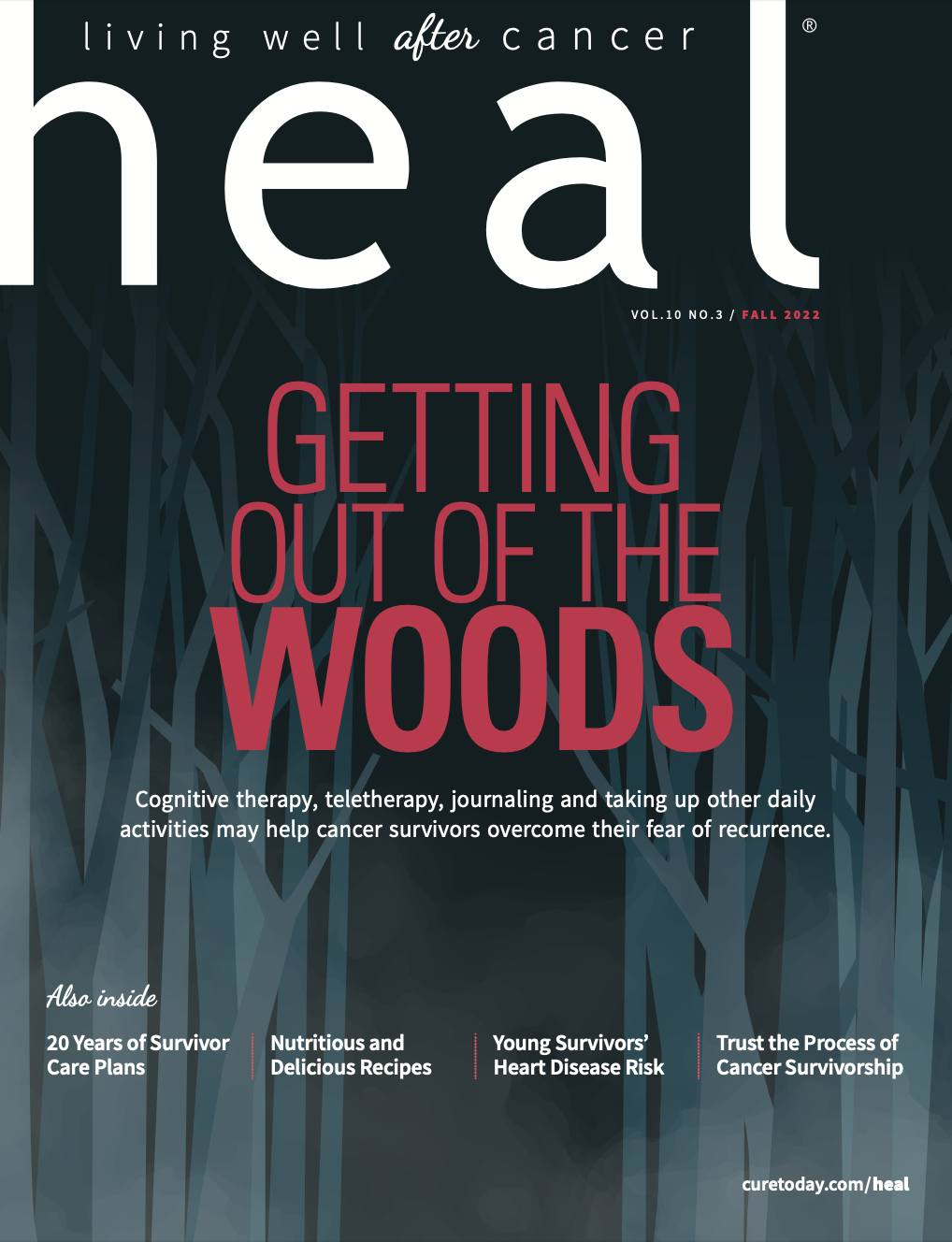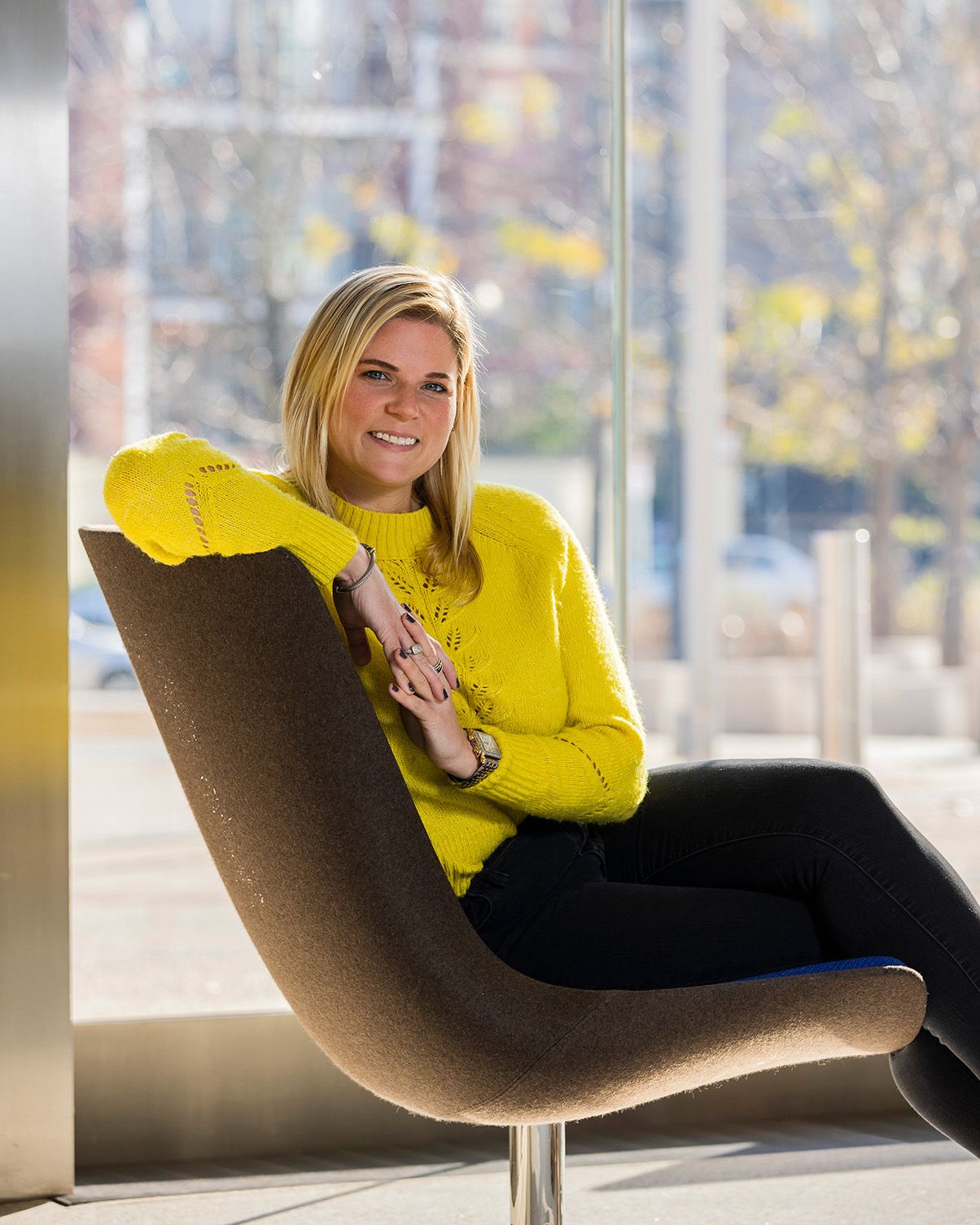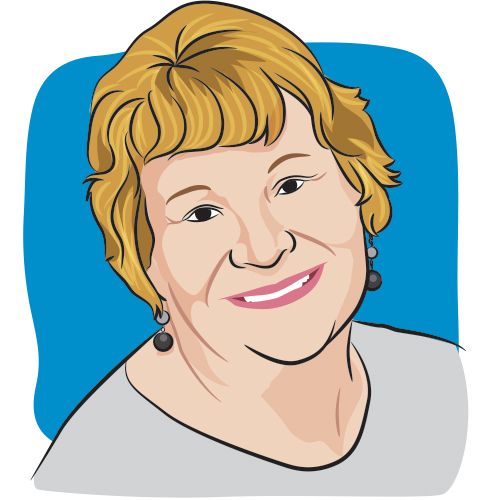Publication
Article
Heal
20 Years of Cancer Survivorship Care Plans: From a Piece of Paper to a Process
Author(s):
The time after cancer treatment can be overwhelming, but great progress in survivorship care plans over the past two decades has provided better guidance for an easier transition.
The number of cancer survivors living in the United States has reached over 18 million, according to data from a 2022 study published in A Cancer Journal for Clinicians. And because the number of cancer survivors continues to increase — expected to reach 26 million by 2040 — care for this population after treatment has ended must continue to advance as well.
In honor of CURE®’s 20th anniversary, Heal® spoke with two experts about the importance of survivorship care plans, where they were 20 years ago, where they are now and the gaps that still need to be filled.
Dr. Anne Blaes, medical oncologist and director of cancer survivorship services and translational research at the University of Minnesota in Minneapolis, explained that there are two components to a survivorship care plan. The first being an outline of the diagnosis and treatment a patient received. The second is a follow-up plan, which includes the doctors or specialists patients should continue to see, what lifestyle they will need to maintain to stay healthy, advocacy groups for support and more.
“It’s important because most patients can’t recall the treatment they have had,” Blaes said in an interview with Heal®. “It is also important because it outlines a plan of what they need to do moving forward and who’s responsible for what.”
Dr. Emily S. Tonorezos, director of the Office of Cancer Survivorship at the National Cancer Institute, agreed and added that the care plan can help survivors better understand what late-term side effects they may be at risk for.
“Knowing what side effects they’re at risk for and what long-term surveillance or recommenda- tions might apply to them — those tend to be gaps for the survivor and whoever is seeing that survivor, (which is) usually a primary care provider,” she said in an interview with Heal®.
So, it is understood that survivorship care plans are important, and they are utilized much more today for cancer survivors to take advantage of. But, 20 years ago, survivors didn't have this direction.
That Was Then
Blaes said that 20 years ago there were no survivorship care plans at all, and then once the gap was recognized it soon became a “big can of worms.”
“What quickly happened is people ... (put) a piece of paper in the (cancer survivor’s) hand, which costs a lot of money and time, without educating them and connecting them with services, which is what was actually going to help them,” she explained.
This happened about 20 years ago, when the Institute of Medicine reported that cancer survivors do not have the same life expectancy as those without a history of cancer. They also reported gaps in primary care and a risk for recurrence and other complications.
This launched the idea of care plans, which should have been helpful for these patients, but in the end were just a piece of paper, as Blaes described.
Having care plans then became a part of an accreditation, so the National Accreditation Program for Breast Cancers required a treatment summary care plan. If a site wanted to be accredited by the Commission on Cancer, they would need a care plan. Thus, it became more so a requirement for institutions and organizations to have, rather than a helpful tool for survivors.
“When the survivorship care plan was conceptualized, the idea was that you could create a record of the diagnosis and treatment, give it to the survivors and then that would ensure the survivors had the recommendations for surveillance and long-term follow-up,” Tonorezos added.
Furthermore, she explained that looking back at what survivorship care plans were 20 years ago demonstrates how much progress they have made today.
The Progress
What has happened over the past 20 years is an evolution in survivorship care, Tonorezos said. There has been a better understanding of what survivors need after treatment ends, as well as what needs to be included in their care plan.
“There’s been a movement from thinking of this survivorship care plan as a document to thinking of it as a process,” she explained. “It’s not just a one-time hand-off document with some information. It’s about an ongoing process to ensure survivors are getting what they need.”
This includes more work with nurse navigators, dietitians and other care team members to care for all parts of a survivor, Tonorezos said. In addition, Blaes noted that this comes from the new accreditation guidelines from the Commission on Cancer.
The update recommends survivorship care plans include a team of individuals for survivors to follow-up with instead of just one primary care provider. They also recommend institutions to take on projects to enhance the outcomes and care for cancer survivors.
“I still think the treatments in the care plan are important, but I would look at it as they’re one piece in recognizing that survivors need a team to stay well,” Blaes said.
Today's Plan
When discussing the progress survivorship care plans have made over the years, both Blaes and Tonorezos agreed that something survivors are benefiting from today is the advancement in technology.
Twenty years ago, cancer survivors did not have access to their health records electronically, and were not able to schedule and have a doctor’s visit from the comfort of their home — but today they can.
“We have a growing population of cancer survivors, and the electronic developments ... have changed how their care is delivered,” Tonorezos said. “Of course, the (COVID-19) pandemic had an impact on survivorship care. (There has been a) growing utilization of telehealth and a recognition that there are some circumstances where it is extremely useful, and that survivorship care is probably one of those circumstances. With telehealth, a survivorship specialist (can) see more patients and have a broader geographic reach. That has been the most amazing thing that’s happened in the past few years.”
Tonorezos added that now having access to personal medical records allows survivors to see lab results, past treatments and provider notes.
Additionally, the survivorship care plans can now outline resources for survivors to seek out on their own, such as advocacy groups. Blaes added that there are now webinars and other online educational services that can provide cancer survivors with a better understanding of what they are going through
and what to expect in survivorship.
She also said that although there have been great advancements in survivorship care plans, and survivors do have many resources available to them, there are still gaps.
Filling the Gaps
“We’ve realized that just enabling telehealth is not enough to ensure there is equitable access or that (those) who need care are getting it,” Tonorezos said.
Blaes agreed, as she said some of the gaps in survivorship care plans today include having parts of follow-up covered by insurance and individualizing care plans for each person based on their socioeconomic background. “We have a lot of these services now, but there is still a problem getting patients to them or to know they exist, or getting them paid for,” she said.
Blaes said she hopes that in the next 20 years, these gaps can be closed. Tonorezos also remains optimistic.
“Every time there’s an advancement in oncology, diagnosis or treatment, there needs to be a corresponding movement in survivorship research,” she concluded. “Thankfully, there have been tremendous advances in oncology over the last few decades, so we have many opportunities to continue to improve the lives of survivors.”
For more news on cancer updates, research and education, don’t forget to subscribe to CURE®’s newsletters here.






